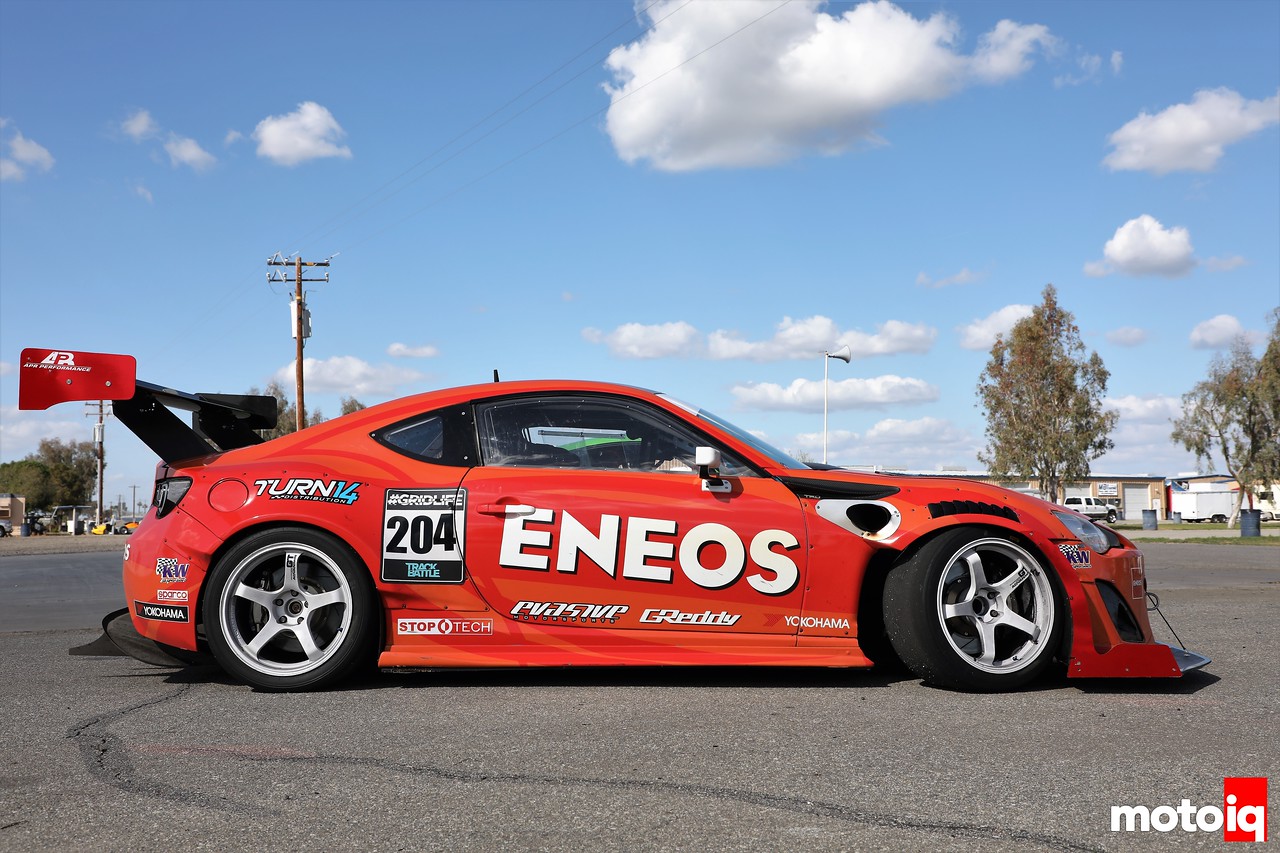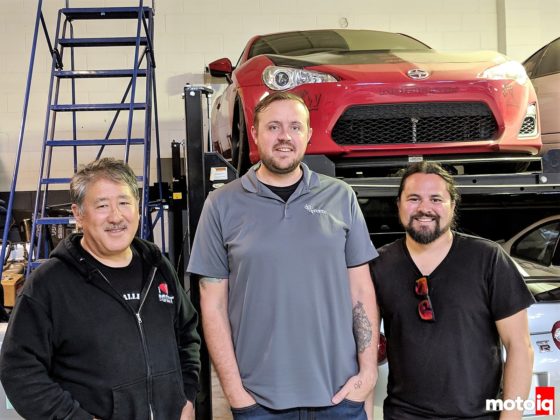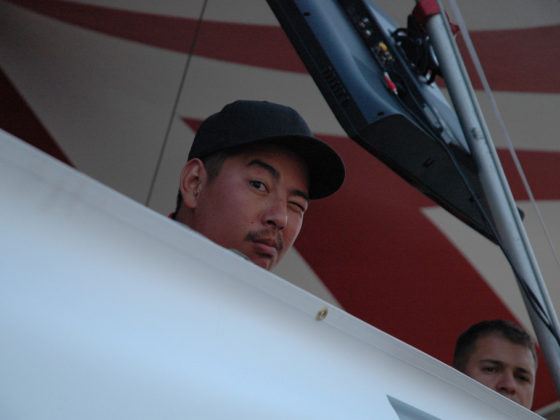
The front calipers are Stoptech’s race oriented STR-40GT units. The calipers are CNC machined from billet forgings and pocketed for minimal weight. They have a fully supportive bridge for maximum stiffness and are sized to accommodate super thick endurance racing pads. The thick pads should help keep heat away from the pistons and fluid. The calipers are nickel plated for looks and corrosion resistance.

The rear brakes are identical to the front brakes other than the rotors are 28mm thick and the STR-40GT calipers are for conventional width brake pads.

The rear calipers pistons are sized smaller to accommodate the rear brakes proportioning needs. The nickel plating on the calipers looks great and will not discolor under hard use. This is a lot of brake for a car of this size and weight.




8 comments
Great build and write up. One small note is that the vertical strakes on a diffuser limit spanwise flow. Without them, the air will tend to move laterally across the diffuser surface. Obviously, that reduces the effectiveness of the diffuser. Of course, there’s a small drag penalty, but it’s more than made up for in the aero efficiency.
Fun fact: These strakes were first developed for the swept wing jet fighter aircraft. Because the ailerons are generally located near the wingtips (for the maximum moment arm) the control surface on swept wings was losing ability due to boundary layer separation. This was because the swept wing caused the air to turn outward (spanwise flow.) By introducing a wing fence (vertical strake projecting above boundary layer) you limit spanwise flow and the aileron remains effective, so even under extreme yaw angles.
We did it mostly to try to keep the flow attached with a less than optimal angle. We used a pre-made diffuser to expedite stuff. We might redo it later if there is time and money.
Yeah, it’s difficult to know if the flow is staying attached or separating. Obviously, you can’t use wool tufts, because gravity.
Maybe you could make your own ‘flowviz’ paint, but I think that gravity would make that difficult, too.
Not many good options without a wind tunnel. And no reason to spend $$$ unless you know it’s going to work.
Also, the front end should always see the bulk of the aero effort. If the front isn’t working properly, then it won’t matter what you do at the rear. The flow will be turbulent by then, anyway.
Best of luck on Pikes Peak.
page 5 pic 1
it looks like there’s what looks like a delrin bushing on the knuckle between where the tie rod and LCA connect to it. From what I can tell its between 2 rigid non-moving parts… and its not in the pics of the kit on the Wisefab website… whats its purpose?
It’s a steering stop.
oh i see, that makes sense…
I was low key hoping to see a double wishbone conversion similar to what the HKS time attack car did
Not legal for our events!
that makes sense… I didn’t really consider that